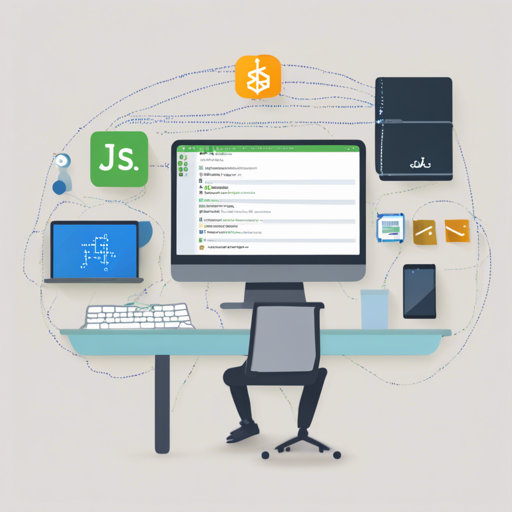Are you looking to kickstart your Node.js project with TypeScript but not sure where to begin? This guide will walk you through the use of a boilerplate template that brings all the essentials to the table—right out of the box!
Why Use the Node.js TypeScript Boilerplate?
This boilerplate is your one-stop solution for Node.js projects leveraging TypeScript. With built-in configurations for ESLint, Vitest, Prettier, and more, it is streamlined for developers who want instant value and comprehensive features for easy setup.
How to Get Started
- Use as a Repository Template: Click the Use template link to create your own instance.
-
Clone the Repository:
Open your terminal and run:
git clone https://github.com/jsynowiec/node-typescript-boilerplate cd node-typescript-boilerplate npm install -
Download the Latest Release:
If you want to download a zipped version, you can execute the following commands:
wget https://github.com/jsynowiec/node-typescript-boilerplate/archive/main.zip -O node-typescript-boilerplate.zip unzip node-typescript-boilerplate.zip rm node-typescript-boilerplate.zip
Available Scripts
The boilerplate comes equipped with various scripts for common operations, including:
- clean: Removes coverage data, cache, and transpiled files.
- prebuild: Lints source files and tests before building.
- build: Transpiles TypeScript to ES6.
- lint: Lints source files and tests.
- test: Runs your tests.
Understanding the Code Structure
Imagine you are a chef preparing a gourmet meal; each ingredient needs to be just right. In coding, particularly when using a TypeScript boilerplate, the same meticulous attention applies. Here’s how the boilerplate acts as a well-prepared recipe:
- Ingredients (Files): The
srcdirectory is where all your main code components reside, while the__tests__directory is where you whip up your unit tests. Each serves a specific purpose, like ingredients in a recipe. - Preparation (Scripts): When you execute commands like
npm run buildornpm run test, it’s akin to following cooking steps outlined in a recipe—ensuring each part is executed at the right time for a successful outcome.
Troubleshooting Tips
As with any recipe, issues may arise. Here are some common troubleshooting ideas:
- Issue with Dependency Installation: If you encounter errors during
npm install, ensure that Node.js and npm are installed correctly. Check the versions withnode -vandnpm -v. - Linting Errors: For ESLint complaints, review your JavaScript code against the set rules in your configuration. You can tweak
.eslintrc.jsto relax some rules if necessary. - Testing Issues: If your tests fail, check the code logic and ensure that the test cases are correctly defined. It’s helpful to use
test:watchfor immediate feedback as you make changes.
For more insights, updates, or to collaborate on AI development projects, stay connected with fxis.ai.
Why Choose Volta?
Managing your toolchain doesn’t need to be cumbersome. Installing Volta helps keep your environment intact by automatically using the correct versions of Node.js and other tools based on your project setting.
Conclusion
In a world where Node.js and TypeScript are becoming increasingly vital, using a template can vastly accelerate your start. By following this guide, you have harnessed a solid foundation to build your applications and ensure consistent behavior across projects.
At fxis.ai, we believe that such advancements are crucial for the future of AI, as they enable more comprehensive and effective solutions. Our team is continually exploring new methodologies to push the envelope in artificial intelligence, ensuring that our clients benefit from the latest technological innovations.

